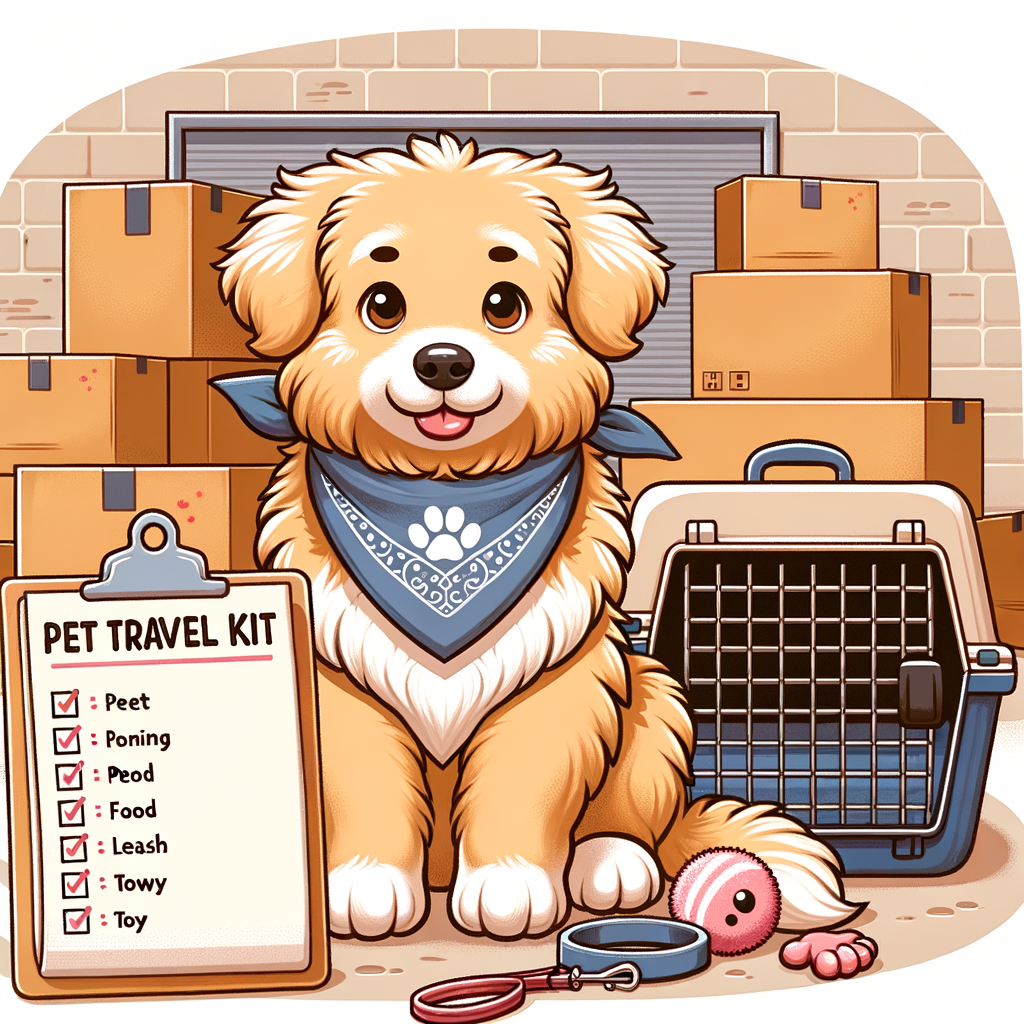Relocating to a new place often brings a blend of excitement and anxiety, but when pets are involved, the challenges multiply. Pets, by their very nature, thrive on routine and familiarity, and moving disrupts both. Therefore, relocating with pets is not merely about logistics; it requires expert planning and care to ensure a smooth transition for all involved.
Relocating with Pets: A Step Beyond Simple Logistics
Moving home is an intricate process that involves packing belongings, decluttering, and managing logistics. When pets are part of the equation, the complexity increases significantly. Unlike furniture or appliances, pets are sentient beings with instincts, fears, and needs that must be considered. Simply transporting them from one location to another without disruption is close to impossible. The new environment may seem daunting to them, and unfamiliar scents and sounds can cause anxiety. Therefore, thorough planning is necessary to make the transition less stressful.
The logistical aspect of moving with pets requires understanding transportation options and regulations. Depending on the method of transport—car, plane, or train—there are specific rules to follow. For instance, air travel necessitates compliance with airline-specific pet policies, which can include crate dimensions, health certificates, and vaccines. Ground transportation involves planning for frequent stops to cater to the pet’s comfort. These logistics add layers of complexity that a regular move does not entail, underscoring the need for expert planning.
Moreover, the pre-move phase necessitates acclimatizing pets to changes gradually. This involves familiarizing them with travel crates, updating their identification tags, and ensuring their health records are current. Pets must be slowly introduced to travel scenarios to reduce anxiety, a process that requires time, patience, and specialized knowledge of pet behavior. Such meticulous preparation extends beyond simple logistics, demanding a deeper understanding of pets’ emotional needs.
Expert Strategies for Pet-Friendly Moving Success
Achieving a successful pet-friendly move involves employing expert strategies that cater to the pet’s well-being at every stage. One fundamental strategy is creating a detailed moving plan that includes the pet’s daily routine to maintain a sense of normalcy. Consistency in feeding times, walks, and playtime can help reduce anxiety. Additionally, setting up a "pet sanctuary" in a quiet area of the old and new home with familiar items like toys and beds provides a comforting refuge amidst the chaos of moving.
Another critical strategy involves consulting professionals who specialize in pet relocation. These experts can offer invaluable advice on various aspects, from choosing the right carriers to understanding health protocols. They can assist in navigating the complex regulations surrounding pet travel, ensuring that all documentation is in place and compliant with the destination’s requirements. Their expertise can prevent costly mistakes and alleviate much of the stress associated with moving with pets.
Finally, understanding and preparing for the pet’s adjustment period post-move is essential. Pets may exhibit behavioral changes due to stress, such as alterations in eating habits or bathroom routines. Monitoring these changes and providing positive reinforcement through treats and affection can ease their transition. Moreover, gradually exposing them to the new environment and maintaining familiar routines can significantly aid in their adjustment. By employing these expert strategies, pet owners can ensure that their move is as comfortable and seamless as possible for their furry companions.
| Strategy | Description |
|---|---|
| Maintain Routine | Keep feeding, walking, and playtime schedules consistent. |
| Consult Professionals | Seek advice from pet relocation experts for specialized guidance. |
| Create a Pet Sanctuary | Establish a quiet area with familiar items for comfort. |
| Acclimatize to Change | Gradually introduce travel scenarios to reduce anxiety. |
| Monitor Post-Move Behavior | Observe and address any changes in behavior after the move. |
Q&A Section
Q: How can I reduce my pet’s anxiety during a move?
A: Maintain their routine as much as possible, create a familiar space with their belongings, and gradually introduce them to new environments. Using calming aids like pheromone diffusers can also help.
Q: What should I consider when choosing a pet carrier for travel?
A: Ensure the carrier is well-ventilated, spacious enough for the pet to stand and turn around, and compliant with transportation regulations. Familiarize your pet with the carrier well before the move.
Q: Are there services that specialize in pet relocation?
A: Yes, pet relocation services are available and can assist with logistics, documentation, and transportation. Hiring such services can ease the process significantly.
Q: How long does it typically take for a pet to adjust to a new home?
A: Adjustment periods vary by pet, but generally, it can take a few weeks to a couple of months. Consistency in care and routine aids in a quicker adjustment.
Moving with pets is a demanding process that extends beyond simple logistics. It requires careful consideration of their emotional and physical well-being. By employing expert strategies, pet owners can facilitate a smoother transition, ensuring the move is less stressful for both humans and their furry companions.
